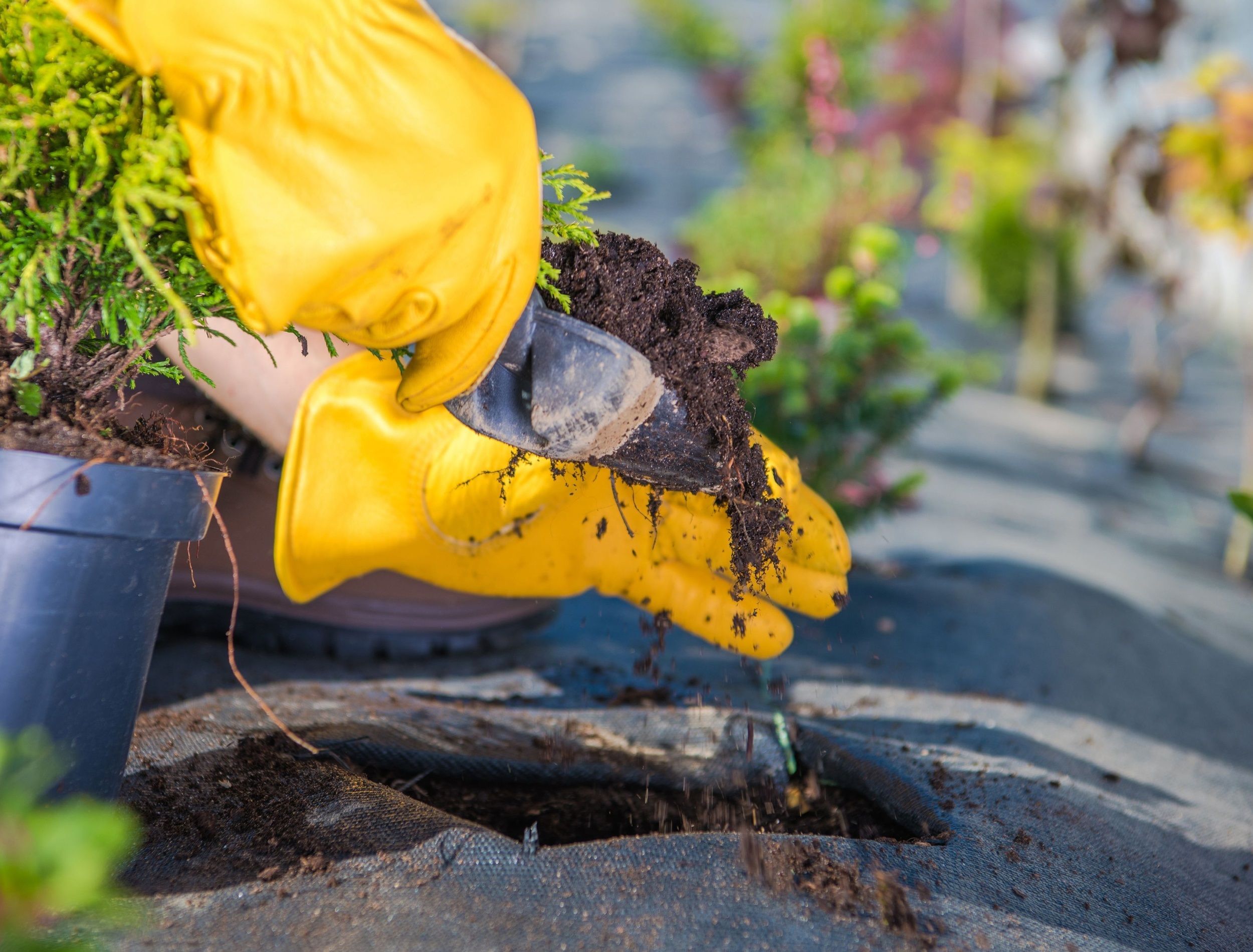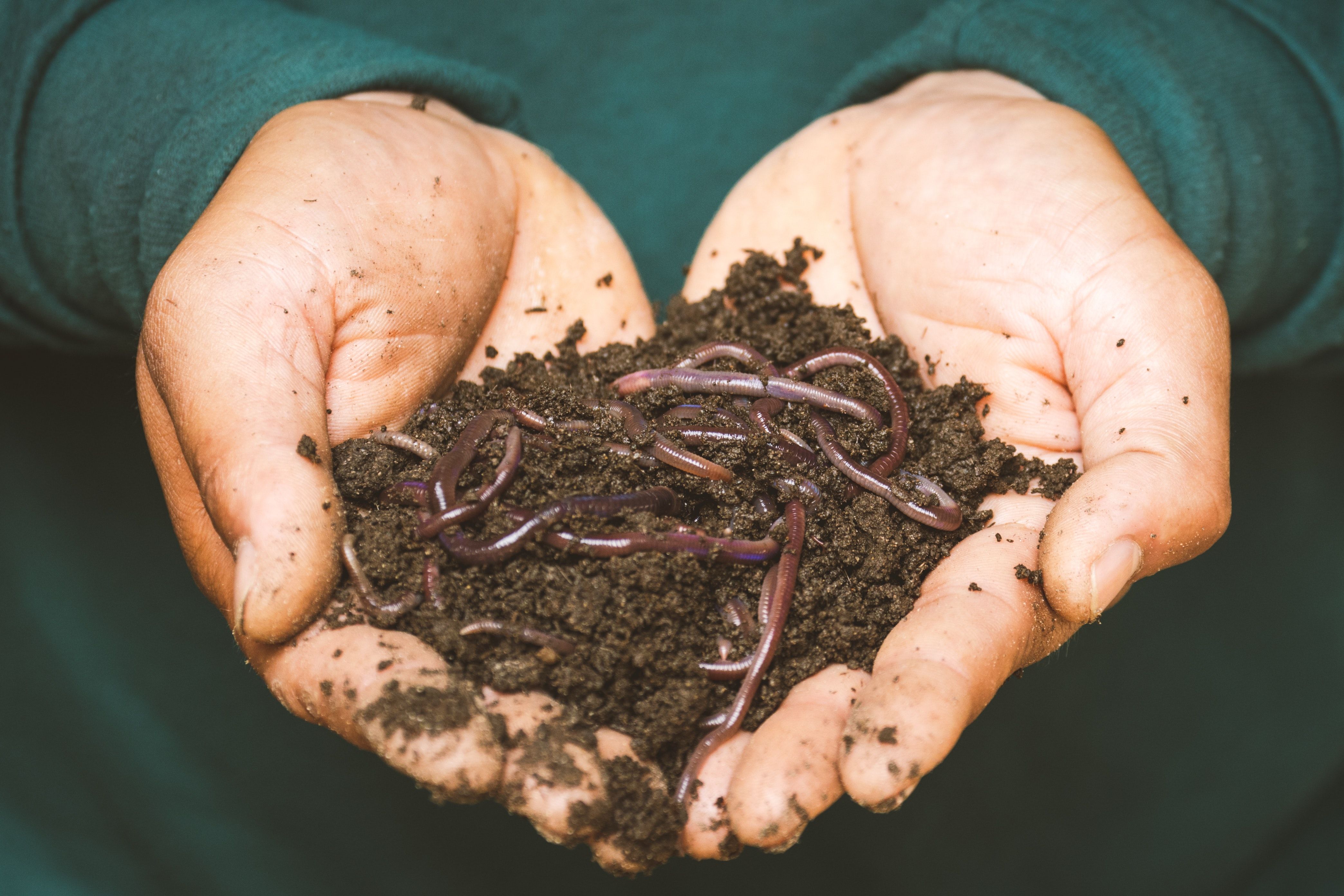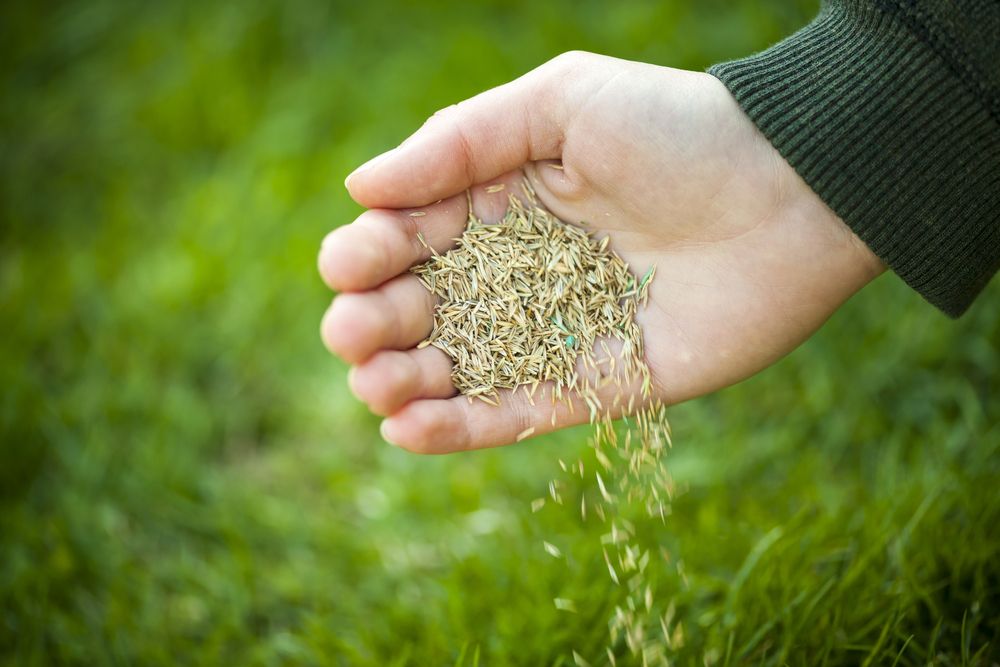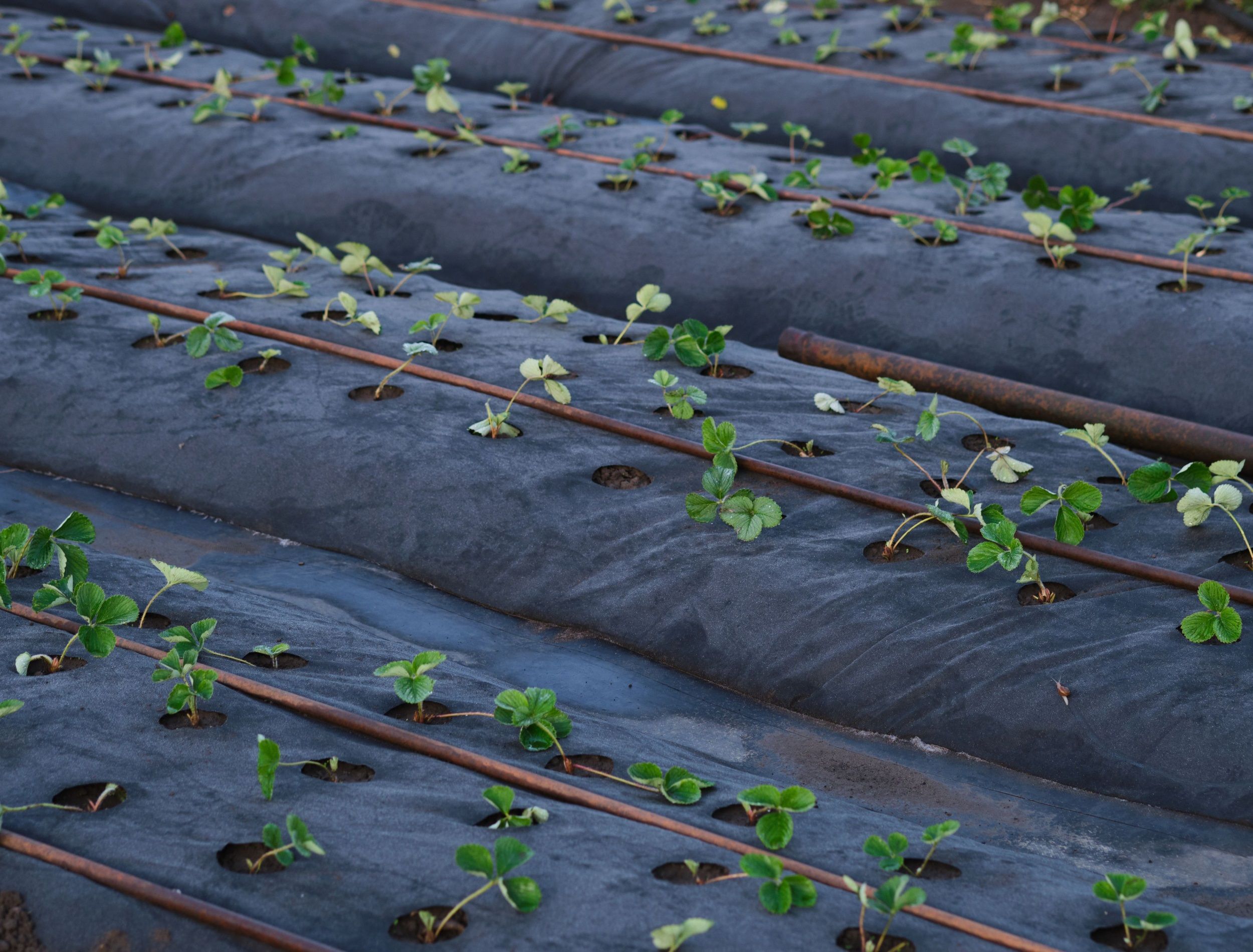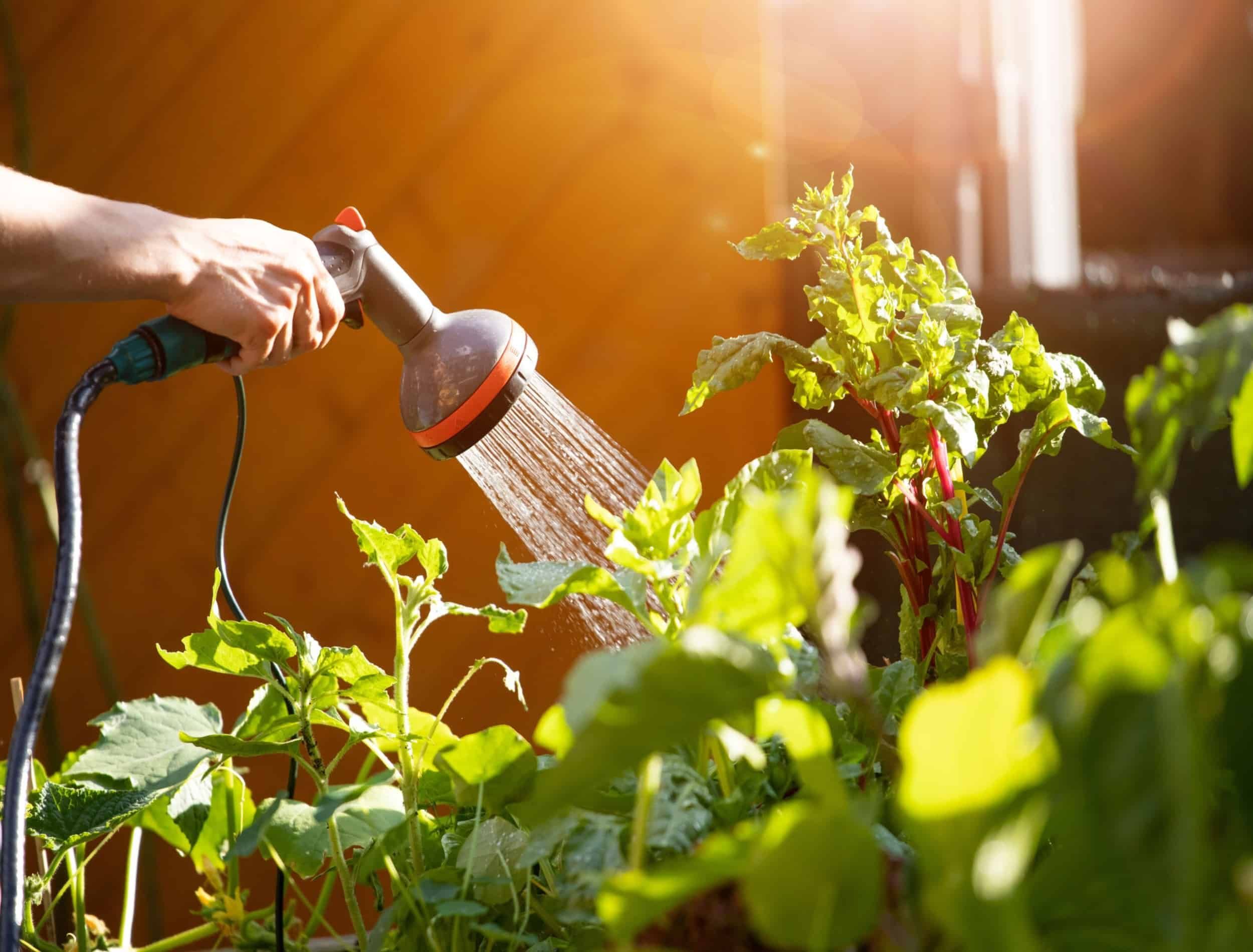While landscape fabric is beneficial when used as a row cover or beneath gravel gardens, it isn't the best thing to secure to the ground of your garden beds. When applying to garden beds, the idea is that landscape fabric controls weeds, maintains soil moisture by reducing evaporation, and offers erosion control.
While it's a quick fix, landscape fabric may cause more work for you in the future. With that said, there are a few other issues to keep in mind if you're considering landscape fabric. Below, you'll find five reasons you shouldn't use landscape fabric for preventing weeds, as well as potential alternatives that may work better.
Discourages Beneficial Insects
Image Credits: Sippakorn Yamkasikorn via Pexels
While landscaping fabric theoretically prevents weeds, it also deters beneficial bugs. The layer of fabric stops bugs from moving through the soil and breaking down organic matter. This will also cause the soil structure to deteriorate over time as the soil doesn't receive any nutrients from organic matter.
Makes Reseeding Difficult
Image credits: Elena Elisseeva via Shutterstock
Since landscape fabric is meant to stop weed seeds from spreading, it also stops the seeds of desirable plants from spreading. This means you'll have to cut holes in the fabric and plant exactly where you'd like to see growth. If you enjoy blooms popping up as seeds from previous years and gardens germinate, avoid using landscape fabric.
Hard to Remove
Image credits: iuliia_n via Shutterstock
Over time, the roots of perennials grow through the fabric. This means you will damage the root systems of desirable plants when you choose to remove the landscape fabric. Also, this will affect how easy it is to change the location of your plants, and add another step to dividing perennials.
Not to mention the fabric itself will degrade over time, which means it's not permanent and needs removing or replacing eventually.
Won't Always Stop Weeds
Image credits: Alexander Sobol via Shutterstock
Landscape fabric should prevent weeds when it is initially installed, but over time weeds will make their way in. If you use mulch to cover the unsightly appearance of the fabric, the mulch will break down and turn into soil over time. Eventually, weeds will germinate in the soil and grow.
Weeds can also find their way into your garden beds through openings in the fabric and along the edge of the fabric. Once the root systems develop beneath the fabric, they can be a nightmare to remove. Usually, you'll need to remove the landscape fabric in its entirety, which can also damage the plants you want to grow in your garden.
Prevents Water From Reaching Roots
Image credits: Patrick Daxenbichler via Shutterstock
While landscape fabric is designed with pores that allow water and air to reach the soil, debris and dirt can eventually block those pores. This makes the fabric less permeable which is detrimental to plant health. This can slow the growth of the plants and even kill them. Landscape fabric will also prevent the nutrients from decomposed mulch or compost from getting into the soil.
Alternatives to Landscape Fabric
Image credits: KaliAntye via Shutterstock
If you're interested in keeping weeds at bay without the negatives of landscape fabric, there are a number of options to choose from. They'll block weed seeds from germinating while still being porous enough to allow water to reach the soil.
Mulch will give you all the perks of landscaping fabric without as many cons. While mulch will prevent seeds from germinating (even the desirable ones), it isn't hard to remove, maintains soil moisture, and replace over time. Mulch will eventually degrade, adding nutrients to the soil. Of course, it also suppresses weed growth!
Use mulches such as newspaper, wood chips, or straw since they are organic and will break down over time. Use a layer around 3 inches think to provide insulation and maintain soil moisture.
You can also plant some sort of groundcover, such as sweet woodruff or wild ginger. Weeds will be unable to germinate because the plants will shade the soil. Groundcover acts similarly to mulch, insulating, maintaining moisture, and providing a habitat for beneficial bugs.
Pre-emergent herbicide will also prevent annual weeds by inhibiting germination. You can supplement with hand weeding and post-emergent herbicides as necessary.
While there is no permanent way to eliminate the need to weed, these options are excellent organic and low-maintenance alternatives to landscape fabric. Plus, landscape fabric is expensive, and these options are often more affordable.
To Use Or Not To Use
Despite what you may have heard, landscape fabric isn't the best way to prevent weeds in your garden beds. While landscape fabric will initially fend off weed growth in your garden, it becomes difficult to maintain over time. It's a great choice for gravel gardens or as a row cover, but you should opt for mulch or groundcover if you want to keep your garden weed-free.
Do you know any other beneficial uses for landscape fabric? Share in the comments below!

